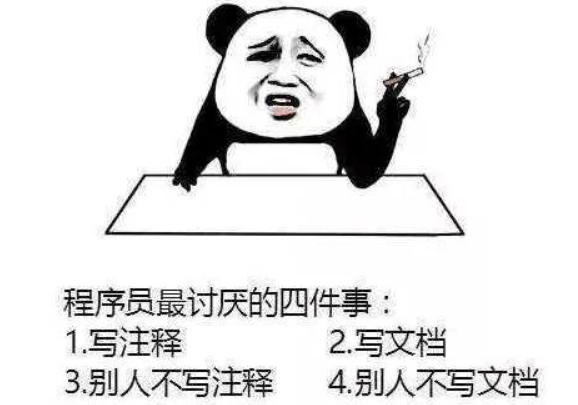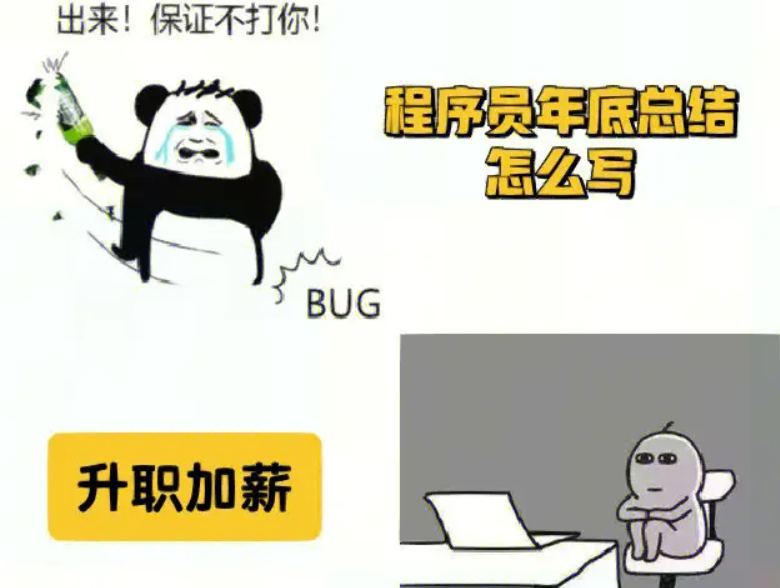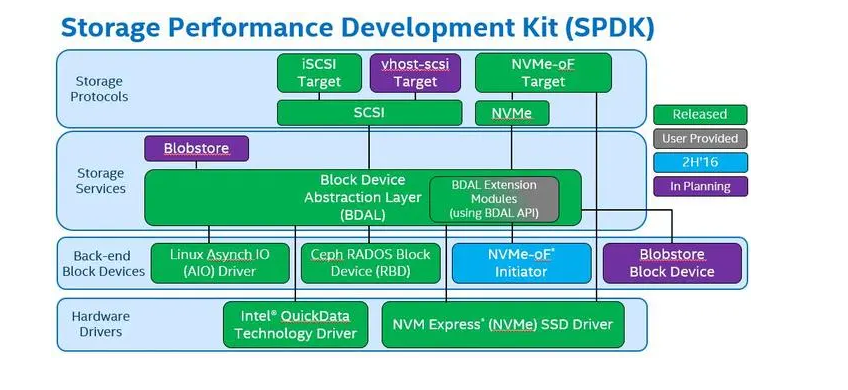实验设计在化学工程中应用
摘要:实验设计是一种系统的方法,可以帮助化学工程师更好地设计和优化化学过程。本文将介绍实验设计的基本原理、常见的实验设计方法和其在化学工程中的应用,包括响应面法、Taguchi方法和Box-Behnken法等。此外,还将讨论实验数据分析和结果解释,并且提供几个实际案例来说明如何使用实验设计来解决化学工程问题。
关键词:实验设计;响应面法;Taguchi方法;Box-Behnken法
Introduction
Chemical engineering is a branch of engineering that deals with the design, development, and operation of chemical processes. It involves the study of physical and chemical properties of materials and their interactions to develop new products or improve existing ones. In order to achieve this goal, it is essential to use experimental methods to test hypotheses and gather data. However, traditional experimentation can be time-consuming, expensive, and inefficient. Therefore, the use of experimental design has become increasingly popular in chemical engineering.
Experimental design is a systematic method for planning, conducting, analyzing, and interpreting experiments. It allows researchers to optimize their experimental conditions by reducing variability and maximizing the amount of information obtained from each experiment. In this paper, we will discuss the basic principles of experimental design and its application in chemical engineering.
Basic Principles of Experimental Design
The basic principles of experimental design include:
Randomization: The assignment of treatments or conditions must be random so that any effects observed are not due to chance.
Replication: Each treatment or condition should be repeated multiple times to reduce the effects of random variation.
Control: A control group should be included in the experiment to provide a baseline for comparison.
Blocking: Experimental units that are similar in some way should be grouped together in blocks to account for any potential sources of variability.
Factorial design: Multiple factors can be studied simultaneously by varying them independently and observing their interactions.
Experimental Design Methods
There are several experimental design methods commonly used in chemical engineering, including response surface methodology (RSM), Taguchi method, and Box-Behnken design.
- Response Surface Methodology (RSM)
Response surface methodology is a statistical technique used to optimize complex processes by modeling the relationship between input variables and output responses. It involves designing experiments based on a mathematical model that describes the behavior of the system under study. RSM can be used to optimize multiple response variables simultaneously, such as yield, selectivity, and purity.
The basic steps involved in RSM include:
Designing an experimental plan using a factorial or fractional factorial design;
Collecting data on the response variables at each point in the experimental plan;
Fitting a regression model to the data;
Analyzing the model to identify important factors and their interactions;
Optimizing the process using the model predictions.
Taguchi Method
Taguchi method is a robust design technique that aims to minimize variation in product performance due to uncontrollable factors or noise. It involves identifying key process parameters and optimizing them within their respective tolerance limits. The goal is to achieve optimal performance despite variations in environmental conditions or raw materials.
The basic steps involved in Taguchi method include:
Identifying critical process parameters and their levels;
Conducting experiments according to an orthogonal array design;
Analyzing the results using signal-to-noise ratios;
Determining optimal parameter settings based on minimum variability.
Box-Behnken Design
Box-Behnken design is a three-level experimental design that allows for the estimation of quadratic response surfaces. It involves varying factors at three levels and collecting data on the corresponding response variables. The goal is to find the optimal values of the input factors that maximize or minimize the response variable.
The basic steps involved in Box-Behnken design include:
Identifying the important process parameters;
Selecting an appropriate number of runs based on the desired degree of precision;
Running experiments according to a central composite design with three levels;
Analyzing the results using regression analysis.
Experimental Data Analysis and Interpretation
Once experimental data has been collected, it must be analyzed and interpreted to draw conclusions about the behavior of the system under study. This can involve statistical analysis, graphical representation, and hypothesis testing.
Statistical analysis involves calculating measures such as mean, standard deviation, variance, and correlation coefficients to describe the data. Graphical representation can help visualize trends and patterns in the data, such as scatter plots or histograms. Hypothesis testing involves comparing observed results to expected results using statistical tests such as t-tests or ANOVA.
Case Studies
To illustrate how experimental design can be used in chemical engineering, we will present several case studies:
- Optimization of Biodiesel Production Using RSM
A study was conducted to optimize biodiesel production from waste cooking oil using RSM. The factors studied included reaction time, temperature, molar ratio of methanol/oil, catalyst concentration, and stirring rate. The responses measured were yield and purity of biodiesel.
The results showed that reaction time had a significant effect on yield while temperature had a significant effect on purity. A quadratic model was developed to predict yield and purity as a function of these two factors. The optimal conditions for maximum yield were found to be 5 hours reaction time at 55°C, while the optimal conditions for maximum purity were found to be 3 hours reaction time at 45°C.
- Optimization of Cement Kiln Operation Using Taguchi Method
A study was conducted to optimize cement kiln operation using Taguchi method. The factors studied included fuel consumption rate, raw material feed rate, and air flow rate. The response measured was clinker quality.
The results showed that fuel consumption rate had the largest effect on clinker quality. A signal-to-noise ratio analysis was used to determine the optimal settings for each factor within their respective tolerance limits. The optimal parameter settings were found to be fuel consumption rate of 0.6 kg/s, raw material feed rate of 1.2 kg/s, and air flow rate of 20 m3/h.
- Optimization of Polymer Synthesis Using Box-Behnken Design
A study was conducted to optimize polymer synthesis using Box-Behnken design. The factors studied included monomer concentration, initiator concentration, and reaction temperature. The response measured was polymer molecular weight.
The results showed that monomer concentration had a significant effect on molecular weight while initiator concentration and reaction temperature did not have a significant effect. A quadratic model was developed to predict molecular weight as a function of monomer concentration only. The optimal monomer concentration for maximum molecular weight was found to be 1 M.
Conclusion
Experimental design is a powerful tool for optimizing chemical processes in an efficient and systematic manner. By following basic principles such as randomization, replication, control, blocking, and factorial design, researchers can obtain reliable data that can lead to improved product performance or process efficiency. Commonly used experimental design methods in chemical engineering include RSM, Taguchi method, and Box-Behnken design. Experimental data analysis involves statistical analysis, graphical representation, and hypothesis testing. Case studies have shown how experimental design can be applied to optimize biodiesel production, cement kiln operation, and polymer synthesis. With continued use of experimental design methods, chemical engineers can optimize their processes and develop new products more efficiently than ever before.
参考文献
Box GEP, Hunter JS, Hunter WG. Statistics for Experimenters: An Introduction to Design, Data Analysis, and Model Building. New York: Wiley-Interscience; 1978.
Montgomery DC. Design and Analysis of Experiments. 8th ed. Hoboken: John Wiley & Sons; 2013.
Myers RH, Montgomery DC, Anderson-Cook CM. Response Surface Methodology: Process and Product Optimization Using Designed Experiments. 4th ed. Hoboken: John Wiley & Sons; 2016.
Taguchi G, Wu YJ, Wu Y-T. Taguchi’s Quality Engineering Handbook. New York: McGraw-Hill Professional; 2005.
Zhang JZ, Miao ZY, Cui XP et al., Optimization of cement kiln operation using Taguchi method based on measured data[J]. Journal of Cleaner Production ,2017(142):427–435.
6.Li XJ ,Wang H,Zhao HY et al., Application of Box-Behnken design to optimization of preparation conditions for a novel hydrophilic nonwoven fabric[J].Journal of Applied Polymer Science ,2020(137) :49420
7.Yu D,Ding W,Jiang L et al., A comparative study on the process modeling approaches with different complexity levels in biodiesel production[J]. Fuel Processing Technology ,2020(204):106414




















